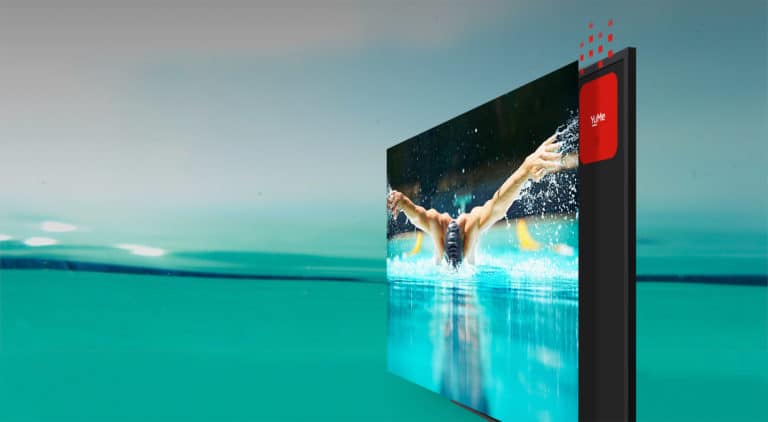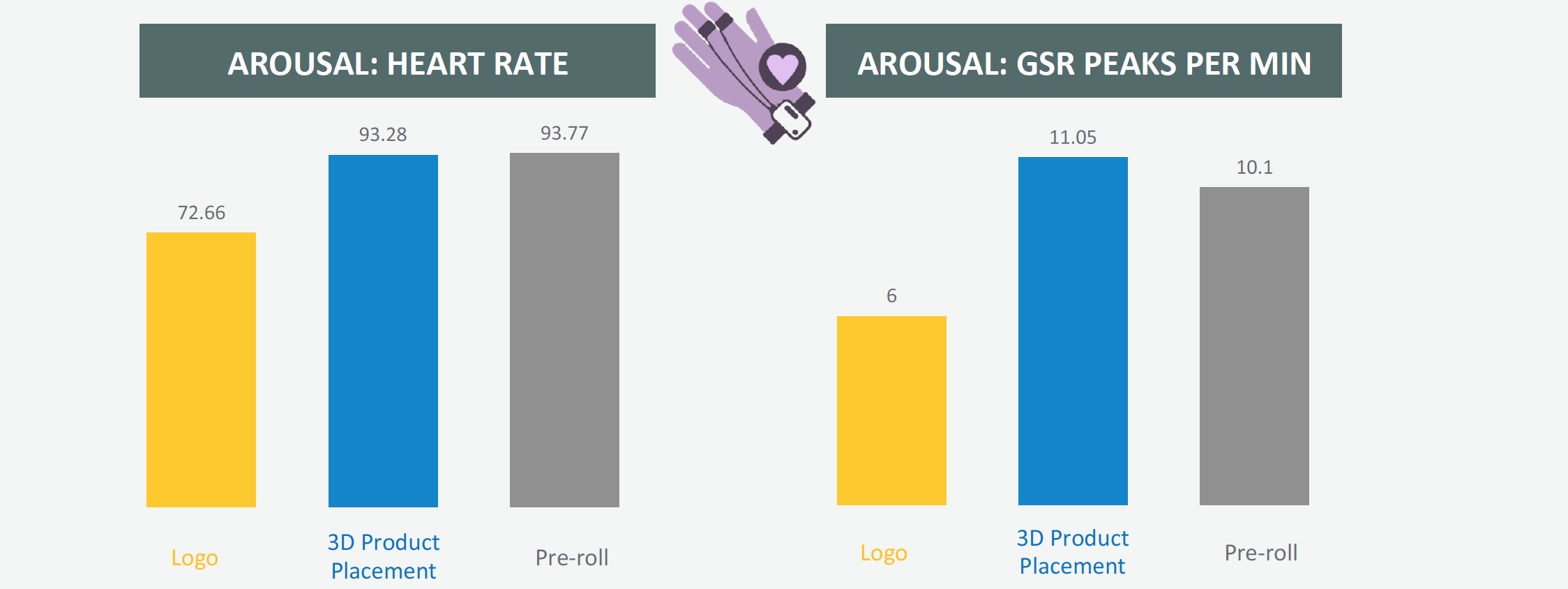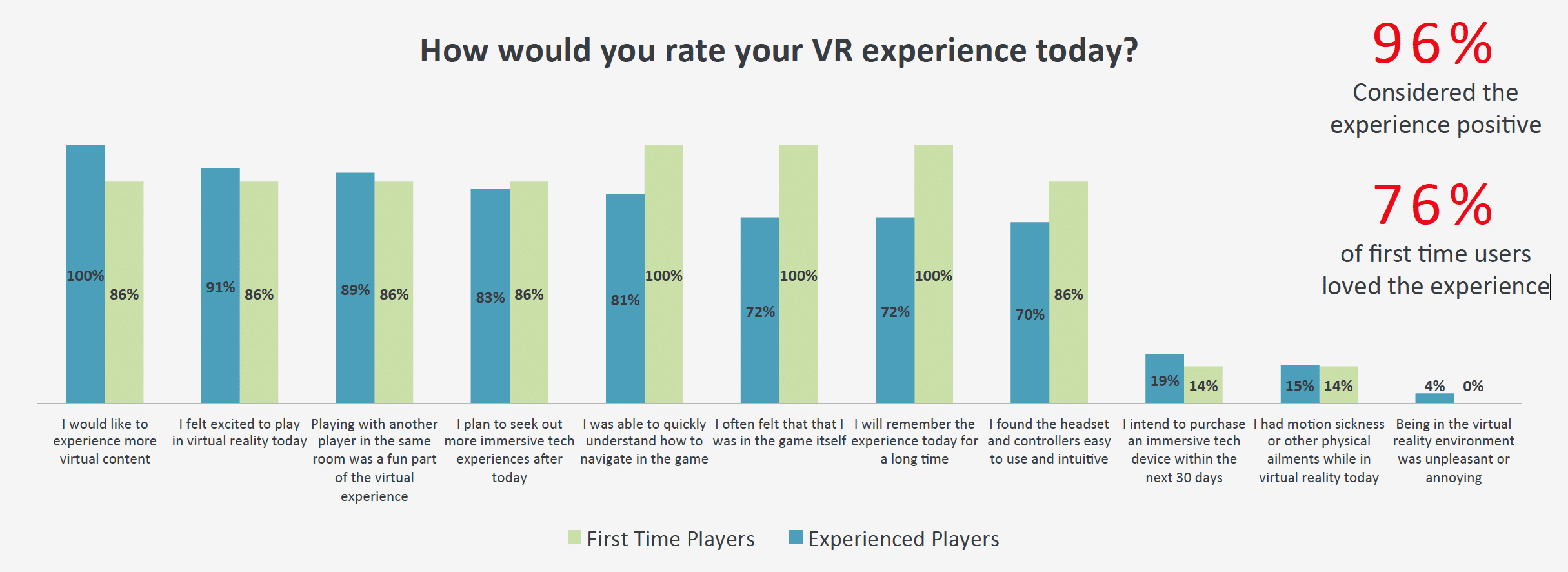
Advertising in VR is a big question mark. There are lots of reasons to believe, in theory, that greater immersion can boost ad performance. As we’ve examined, ads should be designed natively (immersive formats), versus porting familiar 2d formats (banner ads) into VR
But in VR’s early days, the name of the game is easy onboarding, so it’s best to ease consumers’ (and advertisers’) initial adoption with ad formats they know best. That process can then unlock lots of analytics and insights about how to graduate to more immersive ads in truly native ways.
With that backdrop, YuMe conducted a study that measures ad performance in VR. It exposed a group of individuals to three traditional ad formats, then evaluated them on points of ad recall (exit and next-day surveys) and in-game arousal (biometric measurements).

And the results? First, ad recall showed strong metrics with 59 percent aided recall and 37 percent unaided recall. Broken down by format, pre-roll video showed the strongest recall rate, followed by logo banners and interactive 3D objects inserted to game play.
This surprisingly goes against the principle of native advertising espoused above, as branded 3d object insertion is the most immersive of the formats tested. We’ve also theorized that pre-roll ads won’t be affective in VR, which we admit is countered here.

But with biometric measurements taken during game play, native ads stepped up. All three formats were once again strong but 3D product placement performed best overall. Biometrics are arguably a truer measurement of ad effectiveness… the body don’t lie.
But the subtext is an important point we’ve raised in the past: VR ad evolution won’t just be about finding the right formats, but also the right analytics (see Thrillbox). What’s the most accurate way to track ad performance? It will likely be some evolved form of biometrics.

Lastly it’s not just how ads themselves perform, but how their presence impacts the overall experience. In VR’s early — and slower than expected — stages of adoption, it’s important to keep the experience compelling. That means any ad integration should be done carefully.
On that measure, it appears — in YuMe’s study at least — that an ad-rich experience didn’t produce a negative user response. 69 percent of test subjects either agreed or strongly agreed that the ads were well placed. And the overall experience was overwhelmingly positive.

Some degree of this positive response (and tolerance of ads) can be attributed to a novelty factor. Indeed, first-time users in the study had a more positive response. But there’s also a lot here to determine that ads in VR can work. It’s just a matter of developing a playbook.
The ad industry will do that, just as it did over the past decade’s smartphone revolution. Some companies evolved into the medium (think: Snapchat Stories) while some still stick to antiquated and non-native formats (think: static banners). Ad strategies in VR will disburse similarly.

For a deeper dive on AR & VR insights, see ARtillry’s new intelligence subscription, and sign up for the free ARtillry Weekly newsletter.
Disclosure: ARtillry has no financial stake in the companies mentioned in this post, nor received payment for its production. Disclosure and ethics policy can be seen here.
